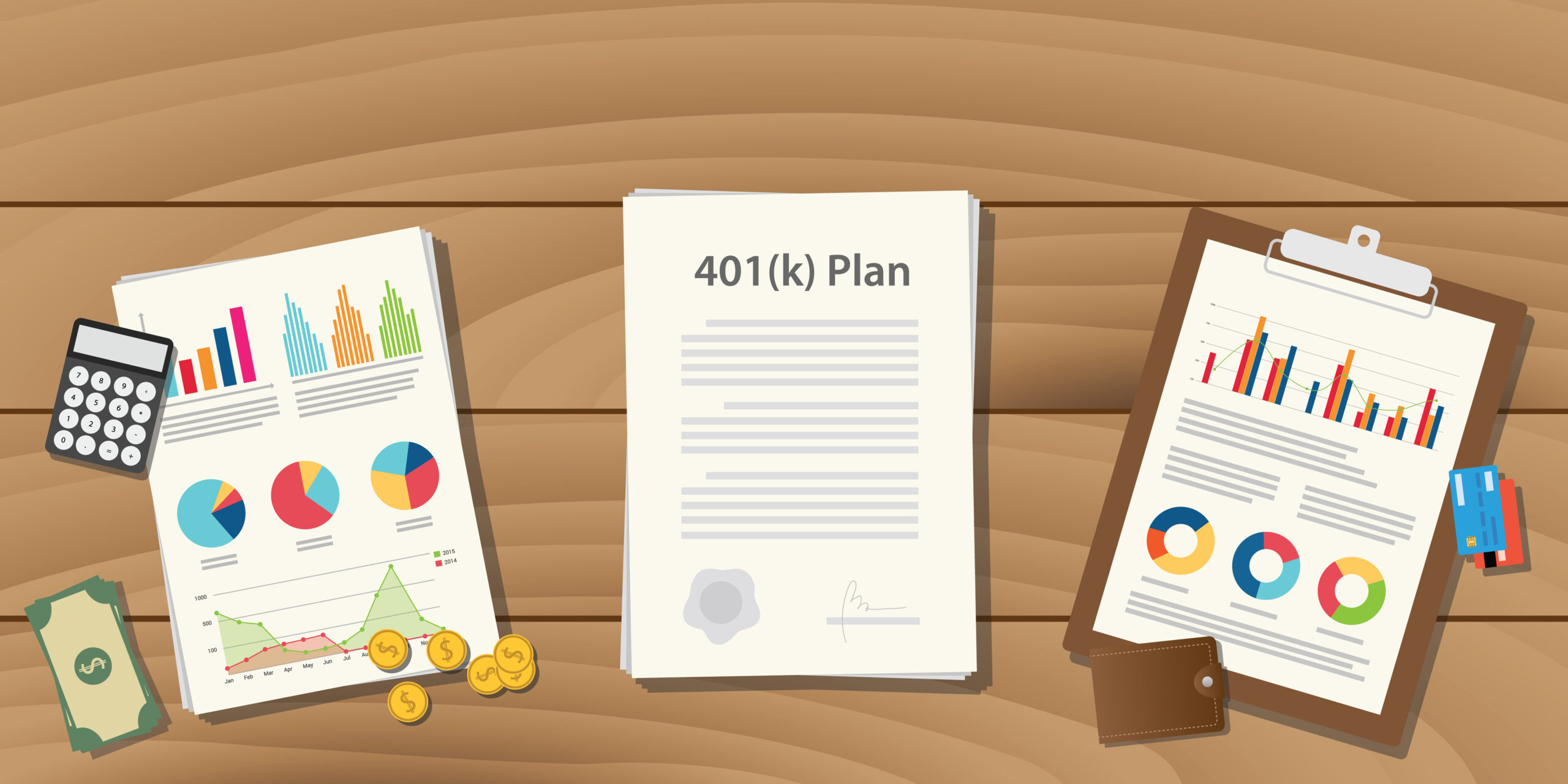Welcome back, fellow 401(k) newbies!
Emma here, your friendly guide to all things 401(k). Today, we’re venturing into the exciting world of employer matching contributions. Why? Well, because I recently discovered that my own employer offers this awesome benefit. Everyone told me this was great news. At first I thought, “What’s the big deal”? I decided to look into it further and see how big of a difference matching would make for my portfolio. Turns out, it is a pretty sweet deal after all!
What Are Employer Matching Contributions, Anyway?
Imagine you’re at a party, and someone announces that there’s free ice cream for everyone. I mean, who doesn’t love free ice cream, right? Well, employer matching contributions are like that delectable treat, but for your 401(k) instead. It’s your employer saying, “Hey, we think you’re pretty awesome, so we’ll throw in some extra cash to help you save for retirement.” Now that’s what I call a sweet deal!
How Does It Work?
Your employer sets a “matching formula”, which is usually a percentage of your salary or your own contributions. For example, if your employer offers a 50% match on up to 4% of your salary, it means that for every dollar you contribute up to 4% of your salary, your employer will toss in an extra 50 cents. It’s like getting a bonus on top of your hard-earned savings. Who doesn’t love free money?
The Power of Doubling Your Savings
When your employer matches your contributions, it’s like they’re handing you an extra scoop of free savings. That additional cash will work its magic through your investments and compound interest, generating additional growth and returns without you having to lift a finger.
So, seize this sweet opportunity and contribute as much as you can to make the most of those matching contributions. I’ve been amazed at how quickly my money multiplies with the extra boost.
Maximize Your Match and Seize the Sun-dae
Employer matching contributions are like the cherry on top of your 401(k) sundae. They’re a sweet boost to your retirement savings without any extra effort on your part. So, make sure to contribute at least enough to take full advantage of your employer’s matching program. Meaning, if they offer a 5% match, contribute the full 5%.
Don’t leave that ice cream sitting there, waiting to be devoured!
If you have any more questions or want to explore further, head over to the Saveday blog. They have a toppings bar full of resources to help you make informed decisions and unleash the full potential of your retirement savings.
Join me next week to take a scoop out of the hidden secrets behind types of securities!
Keep saving!
-Emma











